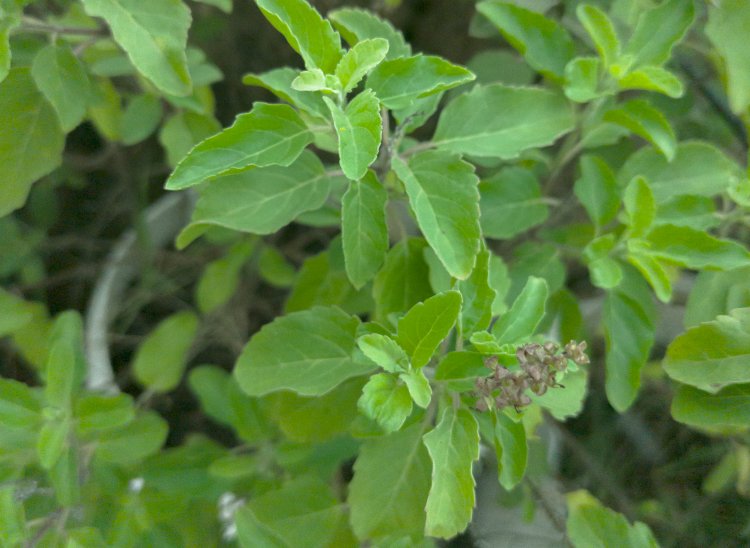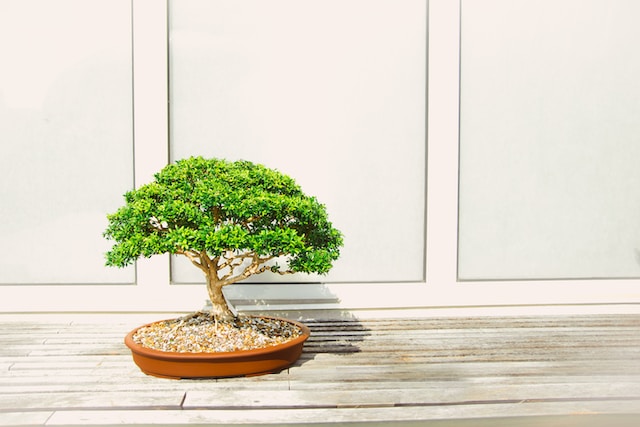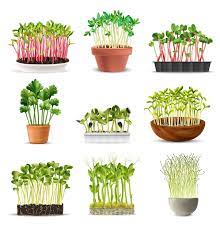Tulsi plant, also known as holy basil, is a sacred and medicinal herb that is widely grown in India and other tropical regions. It has many benefits for health, spirituality, and well-being. If you want to grow and care for tulsi plant in every season, here are some steps you can follow:
Choose the type of tulsi plant you want to grow. There are many varieties of tulsi plant, each with different characteristics and uses. Some of the common ones are vana tulsi, rama tulsi, krishna tulsi, and kapoor tulsi. You can buy tulsi seeds or cuttings from online or local nurseries.
Prepare the soil and pot for planting. Tulsi plant prefers well-drained, fertile, and loamy soil with a pH of 6 to 7.. You can add some organic matter such as compost or manure to enrich the soil. Choose a pot that is at least 8 inches in diameter and has drainage holes at the bottom. Fill the pot with the prepared soil and leave some space at the top for watering.
Plant the seeds or cuttings in the soil. If you are using seeds, sow them about 1/4 inch deep and cover them lightly with soil. Keep the soil moist but not soggy until the seeds germinate, which may take 2 to 4 weeks. If you are using cuttings, make sure they have at least 3 to 4 nodes (where the leaves join the stem) and remove the lower leaves. Insert the cuttings about 2 inches deep into the soil and water them well.
Place the pot in a warm and sunny spot. Tulsi plant needs at least 6 to 8 hours of bright, indirect sunlight per day. Avoid direct sunlight as it may scorch the leaves. You can also use artificial lights such as fluorescent or LED lamps if natural light is not sufficient.
Water the plant regularly but moderately. Tulsi plant likes moist but not wet soil. Water the plant when the top inch of the soil feels dry to touch. Avoid overwatering or underwatering as it may cause root rot or wilting. You can also mist the leaves occasionally to increase humidity.
Fertilize the plant once a month during the growing season. Tulsi plant benefits from a balanced liquid fertilizer that contains nitrogen, phosphorus, and potassium. Apply the fertilizer according to the label instructions and dilute it with water if needed. Do not fertilize during winter or when the plant is flowering.
Prune the plant regularly to encourage bushy growth and prevent flowering. Tulsi plant tends to grow tall and leggy if not pruned. Pruning also helps to improve air circulation and prevent diseases. You can prune the plant by pinching off the tips of the stems and removing any dead or diseased leaves or branches. You can also harvest some leaves for your own use by cutting them with scissors or your fingers.
Protect the plant from pests and diseases. Tulsi plant is generally resistant to most pests and diseases, but it may occasionally suffer from aphids, spider mites, whiteflies, mealybugs, fungal infections, or bacterial wilt. You can prevent these problems by keeping the plant healthy, clean, and well-spaced13. You can also use organic methods such as neem oil, soap spray, or garlic spray to control pests and diseases.
Overwinter the plant indoors if you live in a cold climate. Tulsi plant is a tropical plant that cannot tolerate frost or freezing temperatures. If you live in a zone below USDA hardiness zone 10, you will need to bring your pot indoors before the first frost24. Place the pot in a sunny window or under artificial lights and reduce watering and fertilizing during winter.
Propagate the plant by seeds or cuttings if you want more plants. Tulsi plant is easy to propagate by seeds or cuttings. You can collect seeds from mature plants after they flower and dry up2. You can also take cuttings from healthy plants during spring or summer and root them in water or soil
To propagate the plant by seeds or cuttings, you can follow these steps:
For seeds, collect them from mature plants after they flower and dry up. Store them in a cool and dry place until you are ready to sow them. Sow them in a pot with moist soil and cover them lightly. Keep them in a warm and sunny place and water them regularly until they germinate.
For cuttings, take healthy stems from existing plants during spring or summer. Make sure they have at least 3 to 4 nodes and remove the lower leaves. You can either root them in water or soil. For water, place the cuttings in a glass jar with fresh water and change the water every few days. For soil, insert the cuttings about 2 inches deep into a pot with moist soil and water them well. Keep them in a bright and humid place until they develop roots.
Once your new plants have grown enough, you can transplant them to bigger pots or outdoors if the weather is suitable. You can also share them with your friends or family who appreciate this sacred and beneficial herb.




